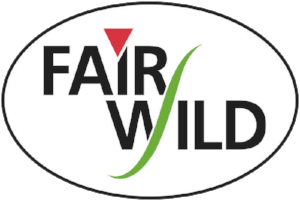An overview of how the Standard works
The FairWild Standard has 11 Principles and 29 Criteria addressing ecological, social and economic requirements for sustainable wild collection. The FairWild Principles and Criteria are grouped based on the following requirements:.
FOR wild-COLLECTION
OPERATIONS
Wild Collection and Conservation Requirements (Principles 1-2)
Legal and Ethical Requirements (Principles 3-4)
Social and Fair Trade Requirements (Principles 5-8)
Management and Business Requirements (Principles 9-10)
for buyers of wild-collects
Promoting Buyer Commitment (Principle 11)
The Eleven FairWild Principles











RATING SYSTEM
The FairWild Standard is accompanied by performance indicators. The control points are used to assess certification applicants’ compliance with the FairWild Standard requirements. They can also be used as verifiers where certification is not the expected outcome. The rating system has been designed to facilitate continuous improvement, and to demonstrate commitment beyond minimum performance.
risk classification
Every species responds differently to the pressures of wild collection, so the tasks associated with sustainable wild collection management will vary. Many factors contribute to the risk of unsustainable wild collection of target species. Some of these are outlined in the FairWild Standard Performance Indicators, where the additional requirements for “high risk” species are also given.
Find out more about how to start your FairWild journey on our “What we offer business” page. Or get in touch with us directly. View or download the FairWild Standard in multiple languages alongside additional documents and guidance materials.



